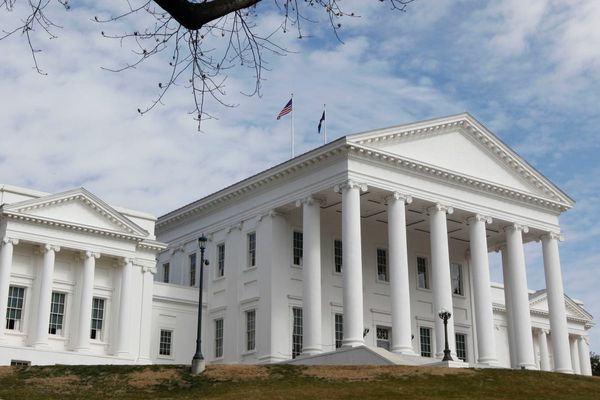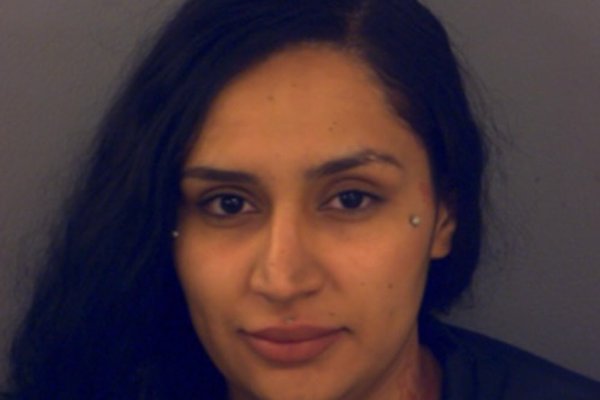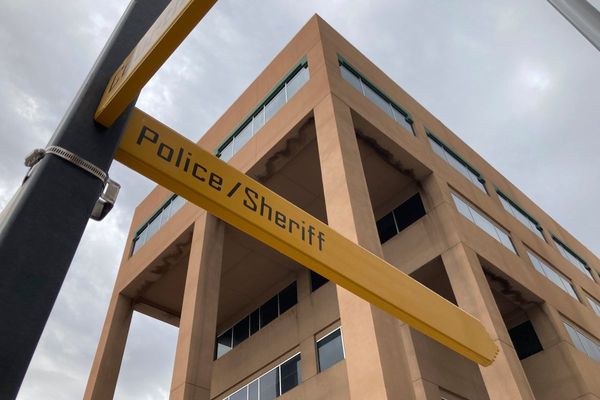In a 6-3 decision in Moore v. Harper, the Supreme Court on Tuesday rejected the independent state legislature theory, a radical theory that could have undermined voting rights and upended our elections.
The ruling means that state courts can still freely enforce state constitutional rights and guarantees, as they have for hundreds of years. The case threatened to make state legislatures “independent” of the usual checks against abuse when they regulate federal elections. But common sense prevailed, and our system of checks and balances still stands. As Chief Justice John G. Roberts Jr. wrote in the majority opinion, “The Elections Clause does not insulate state legislatures from the ordinary exercise of state judicial review.” In other words, the independent state legislature theory is dead.
To be sure, the Supreme Court still claimed the power for federal courts to review state court decisions concerning federal elections in extreme circumstances. The court did not articulate a standard to apply in those cases, but it made clear that federal court action would be limited to the rare case where state courts “exceeded the bounds of ordinary judicial review.” And it made clear that state legislatures are not free to go rogue.
The decision to put the independent state legislature theory to rest has come in the nick of time. The 2024 elections are around the corner. If the court had veered in the other direction, it would have upended centuries of election law and practice on the eve of a contentious contest. It would also have supercharged efforts to sabotage elections and empowered state legislatures to abuse their election powers. Instead of sowing chaos, this decision leaves the state and federal courts in a position to protect voting rights and democracy — if they’re willing to do so.
This is the second case this term that the Supreme Court pulled back from the brink on voting rights and elections. In the other case, Allen v. Milligan, the court declined to reverse the 40-year-old Voting Rights Act test for discrimination in redistricting. But these cases shouldn’t have come before the Supreme Court in the first place. Both cases were exercises in brinksmanship. That these cases made it all the way up to the court reflects how much the court has been open to radically rewriting the law — as it did to reproductive rights and gun safety – in voting rights.
While the Tuesday decision affirms that our longstanding state checks and balances apply to federal elections, it does not undo the significant harm the Supreme Court has done to voting rights and fair elections over the last two decades. This week marks the 10th anniversary of Shelby County v. Holder, the decision in which the court gutted the heart of the federal Voting Rights Act. The country is still experiencing the resulting deluge of new state laws rolling back voting access. In a slew of other cases, the court has eviscerated other key protections in federal law and made it harder for Americans to get relief from discrimination, gerrymandering and burdens on their freedom to vote.
Some state courts have stepped in to fill the gaps. For instance, the Alaska Supreme Court recently struck down the state’s new state senate map as a partisan gerrymander that violated the state constitution. Last year, Montana’s Supreme Court struck down three state laws that burdened voters’ state constitutional rights. The Supreme Court’s decision in Moore means that state courts can continue to apply these essential protections.
State courts can be a critical bulwark against the current surge of state legislative abuses. State legislatures have moved at a near-record pace this year to restrict voting access and interfere in election administration. More than a dozen restrictive voting laws have been enacted this year, adding unnecessary hurdles to the ballot box.
In the 10 years since the Shelby County decision, at least 29 states have passed 94 restrictive voting laws. State lawmakers have passed laws to manipulate election processes and subvert election outcomes. They have pursued partisan efforts to disempower other elected offices. They have also sought to undermine the ability of the people to exercise their power through direct democracy. And, as in North Carolina, they have drawn extreme partisan gerrymanders that prevent fair representation.
This envelope-pushing behavior by state legislators was, in part, a response to lax judicial oversight. The court’s ruling in Moore should make state courts less wary of curbing state legislative abuses and deter state legislators from crossing lines in the first place.
But more is needed. What happened in the Moore case, which comes out of North Carolina, is a good example. After the 2022 midterm elections, the composition of the North Carolina Supreme Court changed from Democratic to Republican control. The state court then overruled its original decision striking down the state’s new congressional maps as extreme partisan gerrymanders. Voters are now bracing for newly gerrymandered maps. To fully rein in these abuses, we need Congress to act.
Last year, Congress came very close to enacting the Freedom to Vote: John R. Lewis Act, which would have created baseline national standards for voting access, prohibited partisan gerrymandering, and added protections against election interference. While the Supreme Court has now allowed state courts to enforce state law safeguards, it had previously slashed federal law protections against abuse. Congress should shore them up.
____
(Wendy Weiser is vice president for democracy at the Brennan Center for Justice at NYU Law)







